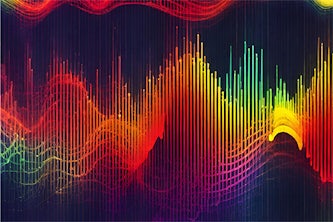Exploring the impact of spatial resolution on air quality modeling
Researchers in Randall Martin’s lab will investigate the effects of spatial resolution on model simulations of atmospheric chemistry

Atmospheric chemistry can have profound impacts on daily life, influencing air quality, UV radiation levels, pollution, climate and weather patterns. Researchers at Washington University in St. Louis will study the advanced modeling techniques used to understand the behavior of chemicals in the atmosphere to improve the models’ accuracy and resolution.
Randall Martin, the Raymond R. Tucker Distinguished Professor in the McKelvey School of Engineering at Washington University in St. Louis, and Chi Li, a postdoctoral fellow in Martin’s lab who had a leading role in the new research proposal, will study the errors that arise in model simulations due to coarse spatial resolution with a three-year, $500,000 grant from the National Science Foundation (NSF). Recent advances have enabled higher spatial resolution simulations, which Martin says can enhance atmospheric chemistry research relevant to communities at the local and regional scale.
“Recent advances in high-performance air quality modeling at fine spatial resolution are giving us a better representation of feedbacks that affect air quality from the local to the global scale,” Martin said. “This project will help us understand the effects of resolution on air quality modeling to better inform air quality management.”
Martin’s team will explore the biases and differences in model simulations that result from varying precision in spatial resolution. Their results could benefit both the scientific community and policymakers alike. By enhancing the ability to simulate and analyze smaller-scale atmospheric chemistry phenomena, high-resolution models are expected to increase use, improve confidence, and enable more localized atmospheric chemistry research and decisions regarding air quality.
“In this project, we aim to shed light on the errors that arise in model simulations due to resolution coarseness,” said Li. “We want to explore the potential impact of more accurate and higher-resolution studies, especially when applying the atmospheric chemistry knowledge gained from previous studies at the local and regional levels. When it comes to protecting and improving air quality, the insights gained from this project could guide policy, providing valuable information for policymakers as they make decisions using air quality modeling within their own communities.”





